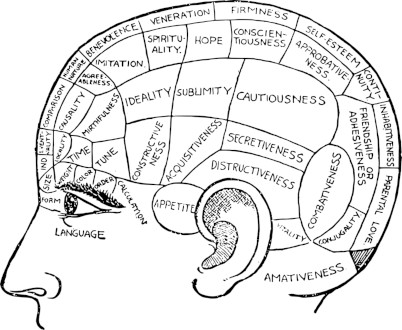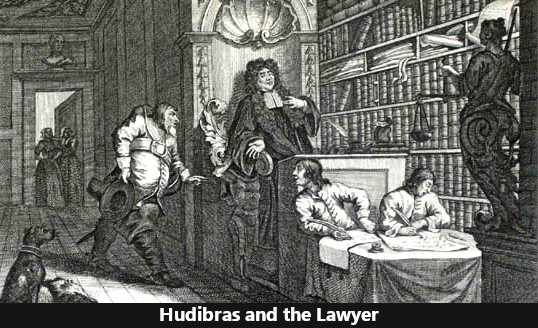Robert Frost? G. K. Chesterton? Eleanor Graham Vance? Apocryphal?

Question for Quote Investigator: The prominent poet Robert Frost did not compose free verse. Instead, he welcomed the structural demands of rhyme and meter. To explicate his choice he used a clever and vivid simile from the domain of tennis. Would you please help me to find a citation?
Reply from Quote Investigator: The earliest match located by QI appeared in February 1933 within a report published by “The Scranton Times” of Scranton, Pennsylvania. Frost spoke to a capacity audience at the local Century Club, and he employed two similes when discussing free verse. Poems written in free verse are not required to follow a regular meter or a rhyming scheme. Boldface added to excerpts by QI:1
Mr. Frost read a number of his own poems and quite captivated the audience by his charming personality and sincerity . . .
He likened free verse, which he said he never writes, to playing tennis without a net or handball without a wall. He likes blank verse and frequently uses it in his writings.
A net and a wall provide crucial constraints on the athletic activities of tennis and handball. Similarly, rhyme and meter provide constraints on poems. Yet, Frost’s viewpoint was not rigid regarding rhyme. For example, his popular poem “Birches” was written in blank verse, specifically unrhymed iambic pentameter.
The newspaper excerpt above indicated Frost’s opinion, but it did not present a direct quotation. Further below are some citations with direct quotations.
Here are additional selected citations in chronological order.
Continue reading “Quote Origin: Composing Free Verse Is Like Playing Tennis Without a Net”







